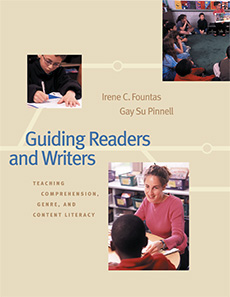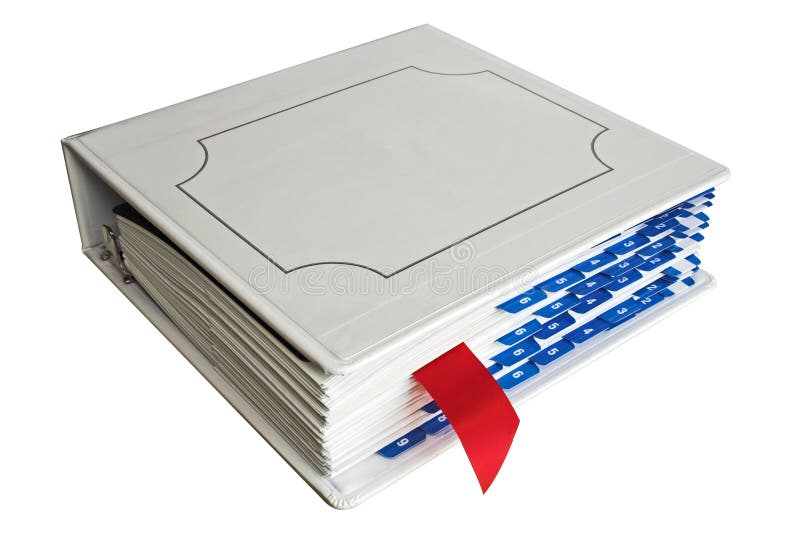Wrong!!!
I did nothing but overwhelm her and get her even more frustrated. My twenty one year old informed me that I make her nervous because she wants to do good for and not disappoint ,"Mommy." My heart ache but I persisted because I felt she was being over looked. You know how it is as a teacher, you have issues in your class beyond control and you choose your priority and for me it seemed the excuses for behavior and developmental needs trumped the students who were ready to learn and grow. So I asked for help. I got suggestions, and I created in essence a classroom at home. word walls,, math charts and ABC charts covering my walls at home. As the new school year rolled around, I was still at odds and worried for how she would do being so far behind and not really getting the support that i felt she needed. I went to colleagues for support and they had to just be frank with me. With tears rolling down my face, i reluctantly stepped back and entrusted that the next teacher would do what is needed to ensure she is meeting my daughters needs not trying to impress me.
Beyond my believe my daughter went from a level C to a level H/I. I was thrilled. The teacher was amazing, she kept me informed. I began to just listen to her read, and encourage her, she began to relax around me. I took down my classroom, to be met with her request to keep it up I found out from my daughter that she was using it without me insisting as she walked down the halls she would stop and practice the charts. Again tears rolled down my face, I realized that my daughter didn't need a teacher at home she needed her mom. The teacher was honest with me and told me her concerns and issues, she didn't sugar coat things because I was a colleague. She respected me enough to say, "look this is what I see, this is what is going on, this is what she needs to do, and this is what I will do. I was ecstatic finally someone who saw what I saw and wasn't afraid to call it like it is.
She also told me what everyone else has been telling me for years. It was so hard to not correct or instruct her, i just encouraged and had her refer to the tools that her first grade teacher had provided. This was far by the best school year of her life. She no longer wanted to quit school. Yes, a 7 year old wanted to quit school. She was so over being behind and struggling. She was clearly aware of her issues. Yet her first grade teacher made it a priority to address the needs of the learner in small groups and with chunks and with what she call a tool box. I was so impressed and happy for my daughter. She even wanted to read during the Summer.
When my daughter moved to Second, it seemed she started to struggle again. She did however move from an H/I to an L. It was when she moved to the third grade that she seemed to fly. The teachers on the intermediate side new me and new me my background and expectations so I feel like they new they needed to be honest with me and do their do diligence. Long story short, with some great teachers placed in my daughters path she is now in the fifth grade on a level T and is liking to read where as she hated reading, didn't want to go to school and her self esteem was so low because she new she was behind and struggling and she felt she couldn't get it. Her teachers were amazing they did what I would have done as a teacher with a below level kid whose motivation was low.
What's my point?
As teachers, we need to figure out where our students are and meet them at that point. We need to make sure that we meet the needs of all students not just some. I too have behavior problems in my class, immature students in my class. However, I use morning meetings to address those issues and make sure I address the academic needs of my students in small groups. I make sure to be honest with my parents, but have a plan of action in place to discuss and share with them. It is our jobs as educators to never put one students needs above another. We have to figure out how to reach all students.
So what is a teacher to do?
Use your data to guide everything, I do a lot of sorting and grouping based on learning targets and or skills based on the data piece that I am currently analyzing. I find resources that will address that learning target or skill. I develop a schedule to meet students based on level of need. I make it a point to meet with below level students everyday!!!. I pull bubble kids at least 3 times a week and above level kids at least 2. The two groups that are always overlooked most often is below level and above level. So what is a person to do? Make sure I plan for all learners not leaving out any.
I know that some of us have concerns about having disruptions that impact our abilities to do our job. I know we do, However, it is important that you have expectations and routines in place. It is also important that you are consistent and holding kids accountable for those routines and expectations. How do I do this so that I can teach? I spend a lot of time the first few weeks of school teaching and modeling expectations and walking students through routines. We talk about the necessity of them, and what happens if they are not in place. We practice daily what it looks like and what it doesn't look like. I make sure to inform parents of expectations via Newsletter. I have a way to acknowledge on task and off task behaviors that I use with students and parents. I utilize morning meetings to problem solve. Now, does this solve all the problems? No. Do I have disruptions that interrupt instruction? Yes. However, I choose what is important at the time. I also revisit my expectations throughout the year especially after long breaks or holidays.
My Next step.
I plan for my Below level Readers making sure to build their confidence up first by creating activities that will give them opportunities of success.
I plan for my bubble kids making sure to provide opportunities for students to read in class, to provide explicit teaching.
I plan for my above readers by giving them opportunities to meet and collaborate via Book clubs/Literature circles.
I create took kits for each of my groups
I create progress monitoring tools for each group
I use mentor text and notebooks to teach and model from
I make sure that I have books that represent all reading levels. If I don't have books, I go borrow from colleagues, check them out of our library or go to the public library. No excuses.
I know that some of us have concerns about having disruptions that impact our abilities to do our job. I know we do, However, it is important that you have expectations and routines in place. It is also important that you are consistent and holding kids accountable for those routines and expectations. How do I do this so that I can teach? I spend a lot of time the first few weeks of school teaching and modeling expectations and walking students through routines. We talk about the necessity of them, and what happens if they are not in place. We practice daily what it looks like and what it doesn't look like. I make sure to inform parents of expectations via Newsletter. I have a way to acknowledge on task and off task behaviors that I use with students and parents. I utilize morning meetings to problem solve. Now, does this solve all the problems? No. Do I have disruptions that interrupt instruction? Yes. However, I choose what is important at the time.
As a reading teacher, we have to remember that in order for students to learn to read they must enjoy reading.



























